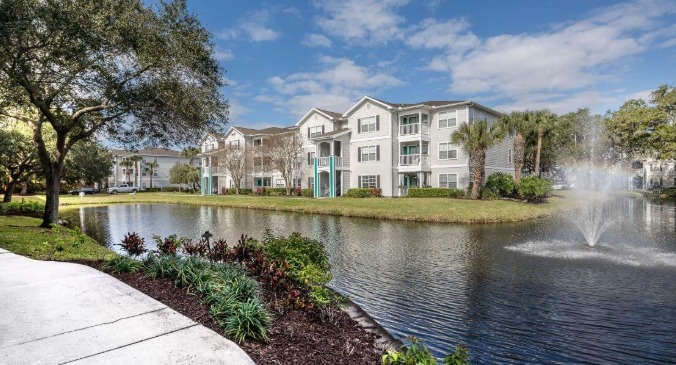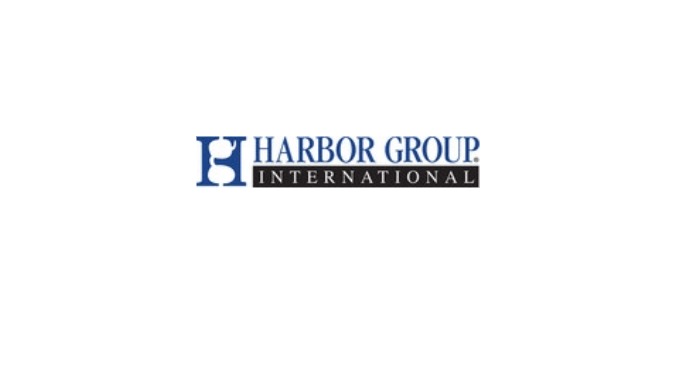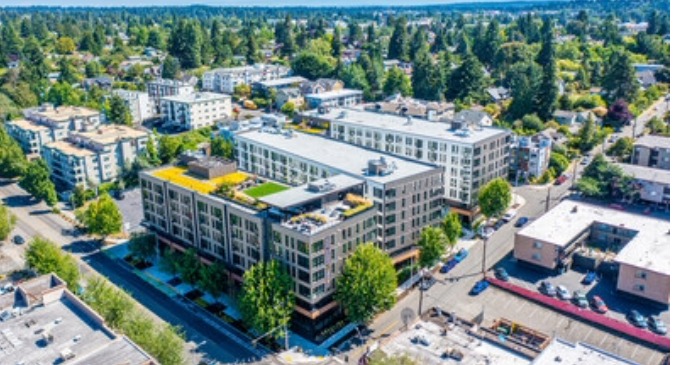Replacing or updating your signage makes a huge impact on potential residents that drive by your property everyday and those who are destination bound. Signage is the only component of your marketing that is permanent, and when amortized over 12 to 24 months, can prove the least expensive.
In this hyper-competitive market, property owners and operators are providing more amenities, more concessions and thinking “outside the box” to maintain a competitive edge. Something as simple as an up-to- date, well-maintained monument sign can make the difference between success and failure to an incoming prospect.
Curb appeal impacts every lease, no matter what your other marketing may be. Property entrance signage and landscaping work together to introduce your community and convey a first and lasting impression.
But that’s only the beginning. This impression is either marginalized or reinforced by the consistency of other signs en-root to your leasing center, and identifying amenities.
If these details are managed well, signs will reinforce the prospect’s positive feelings about your community, and getting to the leasing office will be effortless and simple.
Marketing Director for Dominium Management Service Janet Rosseth states, “we view monument signs as one of a marketing campaign’s most important elements. Visitors form impressions of communities from the sign they see on apartment community grounds. There is little that can destroy a community’s curb appeal or reputation faster than a dated or damaged sign, a faded banner or a lifeless balloon. Signs must be carefully chosen and well maintained to project a consistent image.”
Good image and curb appeal do not happen by accident, rather, they are chosen paths. Today’s sophisticated consumer expects to be greeted by a crafted brand, usually initiated on the Internet. They expect a professionally-managed property, with easy-to-read signage that welcomes them to your community.
Do your property signs send the right message? Is your property or portfolio branded with a lasting and positive image?
Consider the basics when developing your property’s visual brand:
Brand consistency
The use of a consistent logo and exact font matching is a key to creating brand and the highest retention value within your market.
Seeing a consistent pattern in a sign package reinforces your image, and creates a lasting memory in your prospects.
Continuing the use of your logo across the entire sign package, i.e. future resident parking signs, leasing office ID’s and hours signs, are also a great way to build brand loyalty in a customer. For a residential development, certain standards are critical to garnering a foothold in a crowded marketplace. Brand recognition can help attain a visual confirmation of quality, whether on a marketing sign seen from a passing car, or in the high impact signage a prospective resident sees upon their first visit to your community.
Keep it simple
Too much information renders a sign unreadable. Good sign mechanics dictate name, logo and one other piece of information as all someone driving by can absorb; generally, not more than 3 to 5 words.
Don’t try to sell on the sign, sell with the sign. If the sign is attractive, up-to-date and matches the property, they will stop to look. That’s when your other marketing materials and property virtues take over. Use your monument sign to “get them in the door.”
Complement the architecture and color pallet with your signage. It is important that the overall sign package coordinates with its environment, and the materials are not at odds with the color and design of the buildings, but there must be some difference or the signs will get lost.
Example, if your buildings are a warm taupe, royal blue with white letters may be too harsh. Another color in that taupe family may produce an appropriate compliment. Sign packages can be built around a particular shape or color.
Challenging property solutions
If you are challenged with a property that has a negative reputation, changing the name and color scheme can go a long way to changing perceptions.
Location, location, location
City and county codes will have plenty to say about your sign size and materials, but placement of your signs are critical to effectiveness.
Remember, your main IDs need to be seen from both lanes of traffic, and pedestrians, if accessible.
Budgets are tight, but can you afford not to invest in your community’s curb appeal? With the current market downturn, it is not time to be timid. Energizing your property’s marketing is a vital to asset value, and essential in attracting and maintaining residents.
Studies show an increase in business for those companies that market, over those who go quiet during market downturns.
As such, a new sign program is not an expense, but a strategic merger of marketing and capital efforts. Factor your return on investment (ROI) with the traffic it will generate, and the prospects it will draw away from your competitors and into your driveway. A good sign program protects the asset value of your property, and operational investment of your marketing.
Today’s technology allows sign designers to combine durable materials into attractive and impactful signs product creations. A good signage program will coordinate with your property’s character, and provide effective and intuitive direction to those entering the property for the first time.
To be effective, a good directional program will guide folks through your property, or to your leasing office with ease and simplicity.
Ineffective directional signs can leave prospects and residents more frustrated than when you found them, which is counter-intuitive to your marketing, and worse than ineffective. It’s harder to overcome a negative impression than to begin from scratch.
So get it right the first time. Signage is a customized process, and when done properly, provides a master plan for delivering prospects to your door positioned to lease.
A prospect’s impression begins at the curb. Make it a positive and lasting one, and remember basic logic when devising your tour route and entry path. Now, more than ever, it is critical for properties to look their best and nothing does that better than new signs.
Author: Rob Samuels is a project manager for Denyse Signs. Email Rob Samuels
















